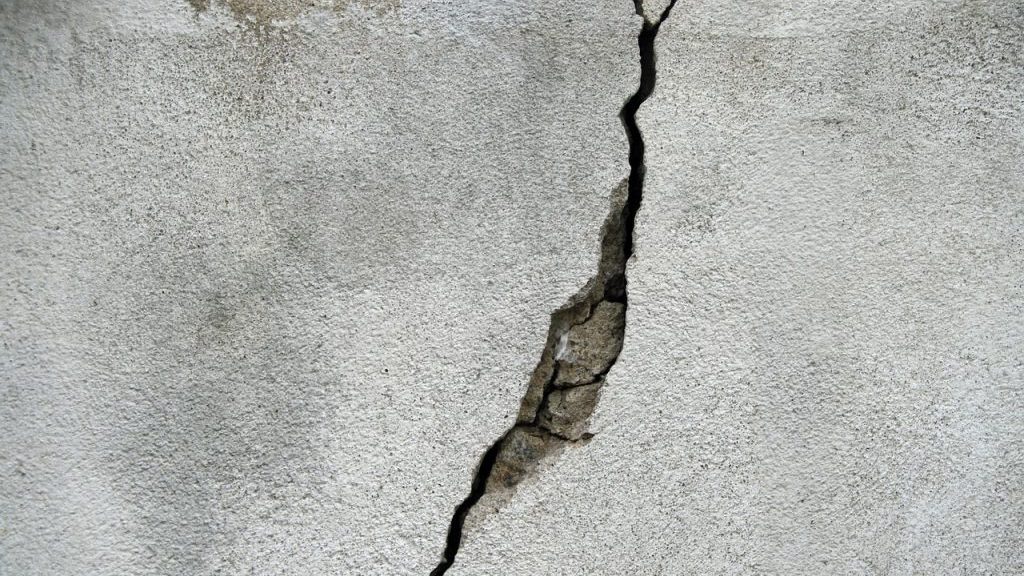TORONTO — A recently released study by the Institute for Catastrophic Loss Reduction (ICLR) has found that significant damage may result from fire following a severe earthquake in the Montreal area.
The study, released Nov. 19, reports that the Geological Survey of Canada assesses the Montreal region as having significant earthquake hazard and potential for ground motions that would cause significant damage.
Accounting for fire department response, water system damage, weather and other conditions, the growth and ultimate final burnt area of fires were estimated and found to result in losses of between $10 billion and $30 billion.
The report, titled Fire following earthquake in the Montreal region, was prepared for the ICLR by Charles Scawthorn.
Among mitigation measures identified by Scawthorn, it was noted that while normal fire service practice dictates having an alternative to the water distribution system in case of water system failure, and while Montreal has ample access to water in the St. Lawrence River, the city lacks adequate capacity to move this water from the source to the fireground.
“Development of a regional Portable Water Supply System (PWSS) would greatly improve this situation,” Scawthorn writes. “In the regional context, a PWSS is not expensive and could be used for emergencies other than earthquakes, such as wildland fires, watermain breaks and dewatering flooded areas.”
Another recommendation relates to secondary water tanks in highrises. Some jurisdictions require a 60,000-litre tank located in the basement or mechanical room near the backup fire pump in highrises. Montreal has no such requirement and it appears the National Building Code of Canada does not have the requirement, Scawthorn writes.
“Consideration should be given to installing secondary water supply tanks in highrise buildings,” the report states. “The cost and space requirements are not very great, and pale when compared with the value of a highrise building, not to speak of the potential consequences.”
Scawthorn also authored the 2001 ICLR study Assessment of Risk due to Fire Following Earthquake Lower Mainland British Columbia and studies assessing San Francisco, Los Angeles and Tokyo.
While the fire service in Quebec is very advanced, he notes, hypothetical earthquakes such as a magnitude 6.5 event centred in downtown Montreal and magnitude 7 events to the northwest and southwest of Montreal were determined to cause very strong ground motions in the study area, resulting in hundreds of breaks in the water distribution systems and hundreds of fires.
While most of the losses would be insured, Scawthorn quotes a leading global reinsurer which stated that losses of that magnitude would likely result in failure of some insurers, would entail secondary and contingent losses, and could conceivably lead to financial contagion.
“This risk need not be tolerated and can be significantly reduced,” the report indicates.
Two other steps recommended in the report include assessing emergency facilities’ seismic vulnerability and assessing water system seismic vulnerability.











Recent Comments
comments for this post are closed